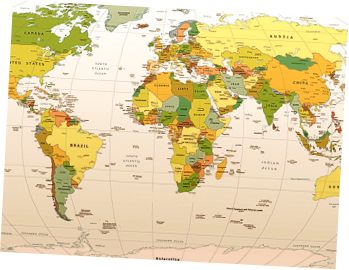

Infant and Maternal Mortality
Within the developed Western world there are many approaches to pregnancy and childbirth that can have lasting effects on infant and maternal mortality rates. Infant mortality is defined by UNICEF as “the probability that a child born in a specific year will die before reaching the age of one, if subject to current age-specific mortality rates, expressed as a rate per 1,000 live births.” The World Health Organization defines maternal mortality or maternal death, as “death during pregnancy or within 42 days after the end of the pregnancy.” The Maternal Mortality Ratio is the number of maternal deaths per 100,000 live births.
While there is frequently significant attention paid to the incredibly high rates of infant and maternal mortality rates in developing and third-world countries, the same attention is not paid to these rates in the developed Western world. It is interesting to examine these statistics and the variations between Western countries, in an attempt to examine what might be some potential causes for such disparities.



Developed Countries in the West
International Monetary Fund “Advanced Economies”
Austria, Belgium, Canada, Cyprus, Denmark, Finland, France, Germany, Greece, Iceland, Ireland, Italy, Luxembourg, Malta, Netherlands, Norway, Portugal, Slovenia, Spain, Sweden, Switzerland, United Kingdom, United States [Source]

CIA World Factbook “Developed Countries”
Austria, Belgium, Canada, Denmark, Finland, France, Germany, Greece, Iceland, Ireland, Italy, Liechtenstein, Luxembourg, Monaco, Netherlands, Norway, Portugal, San Marino, Spain, Sweden, Switzerland, United Kingdom, United States


